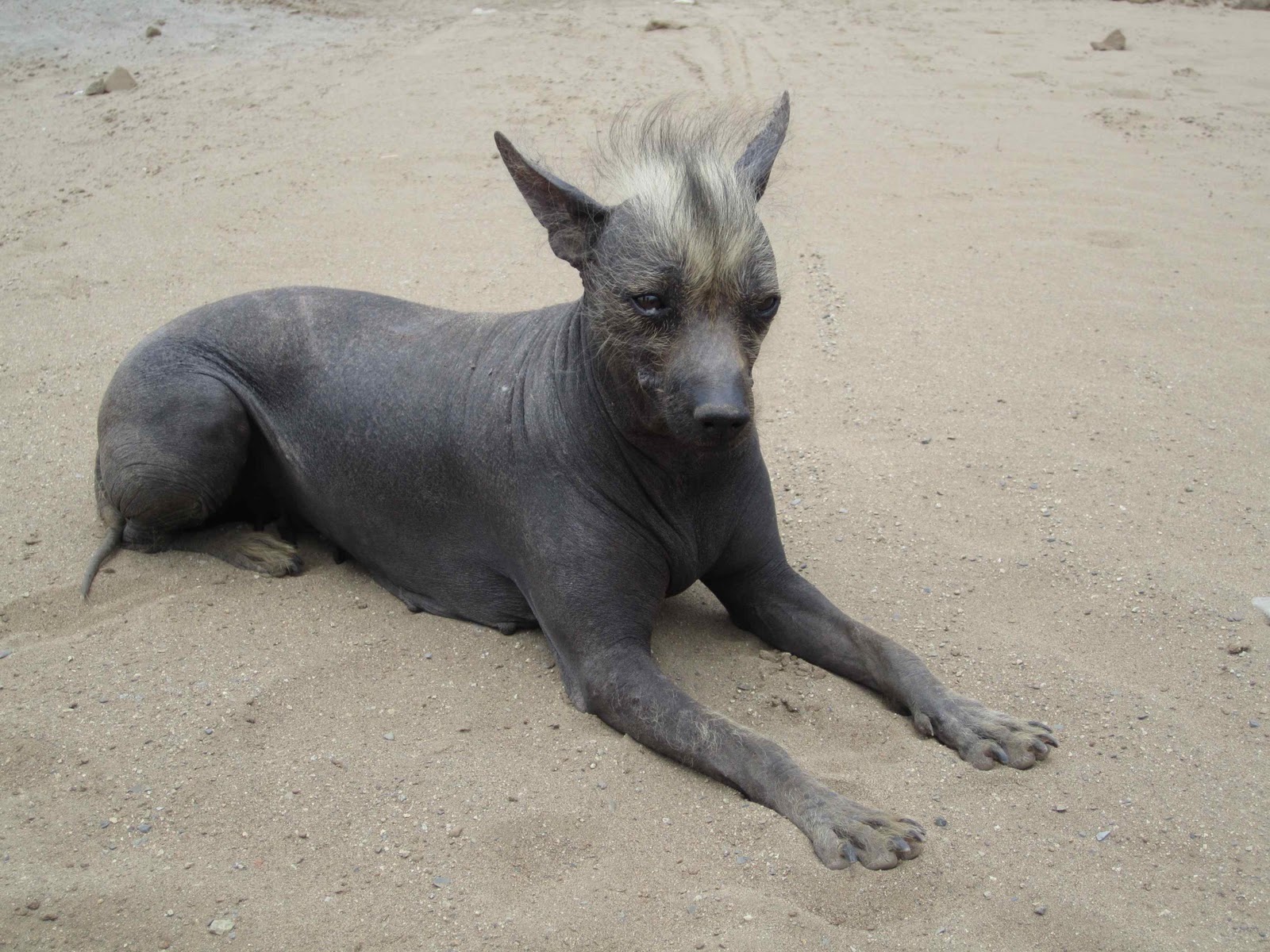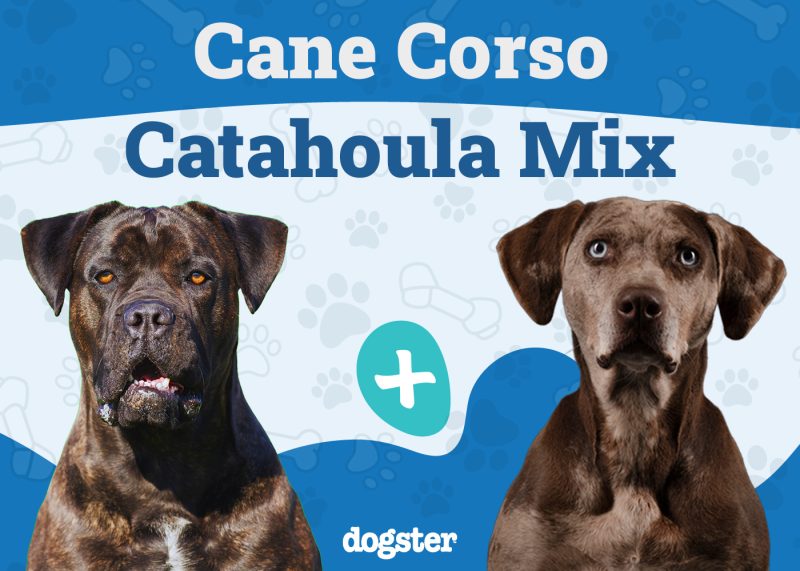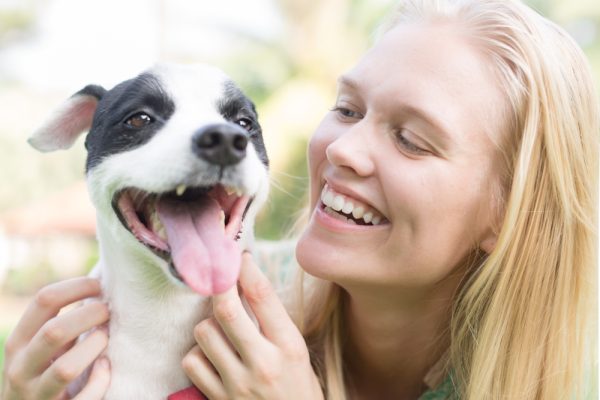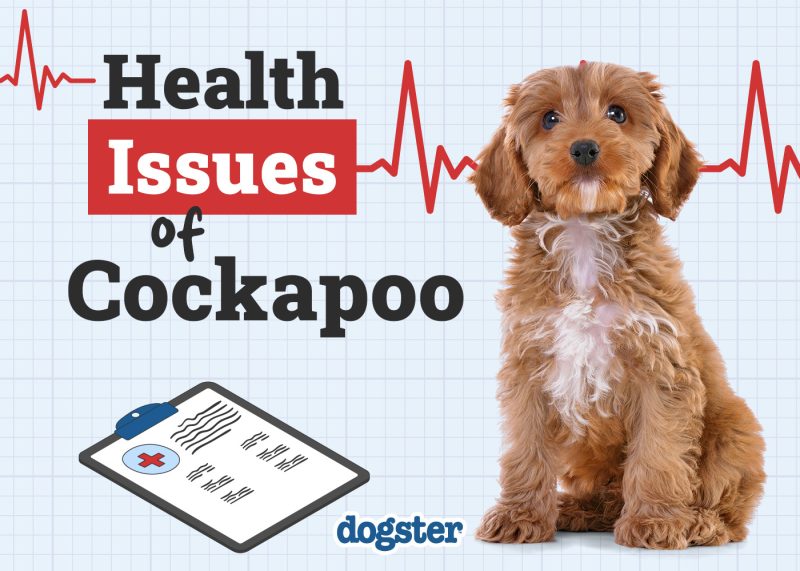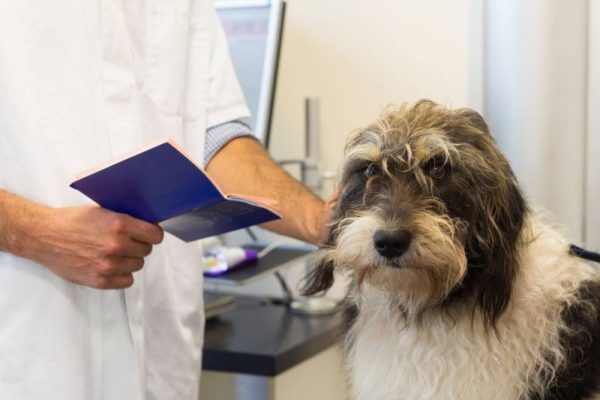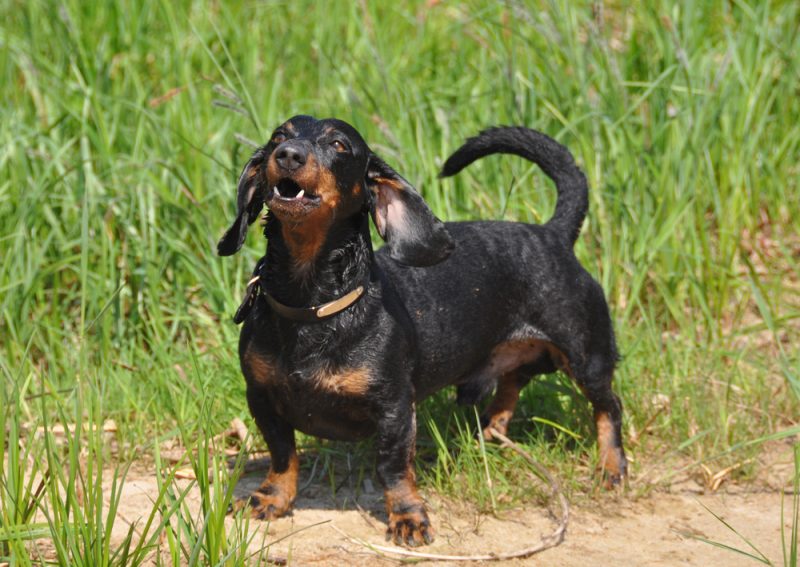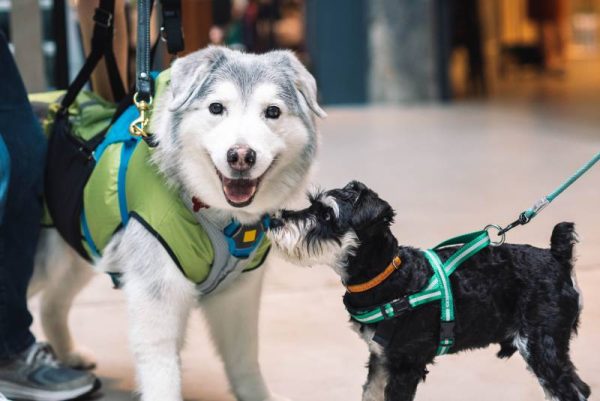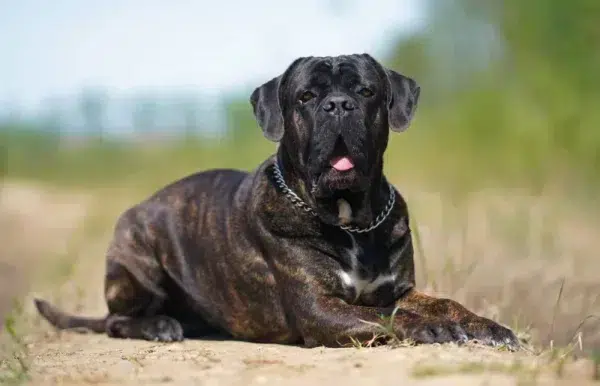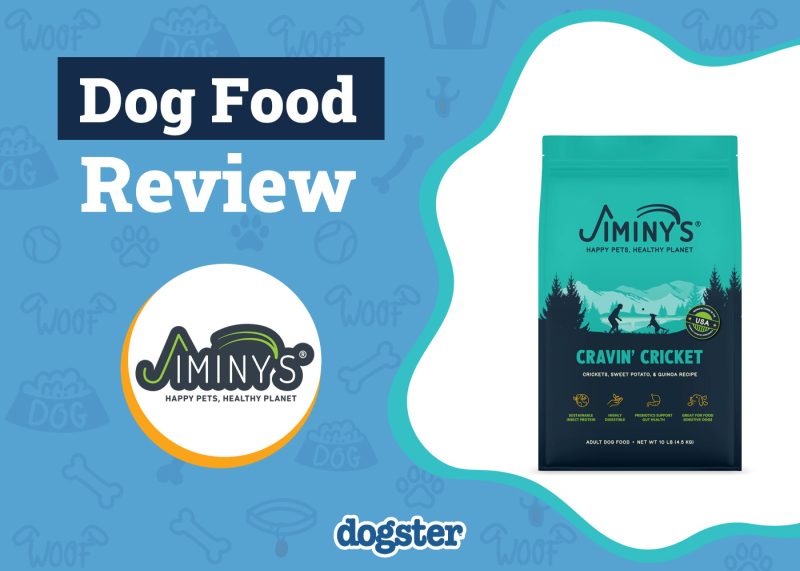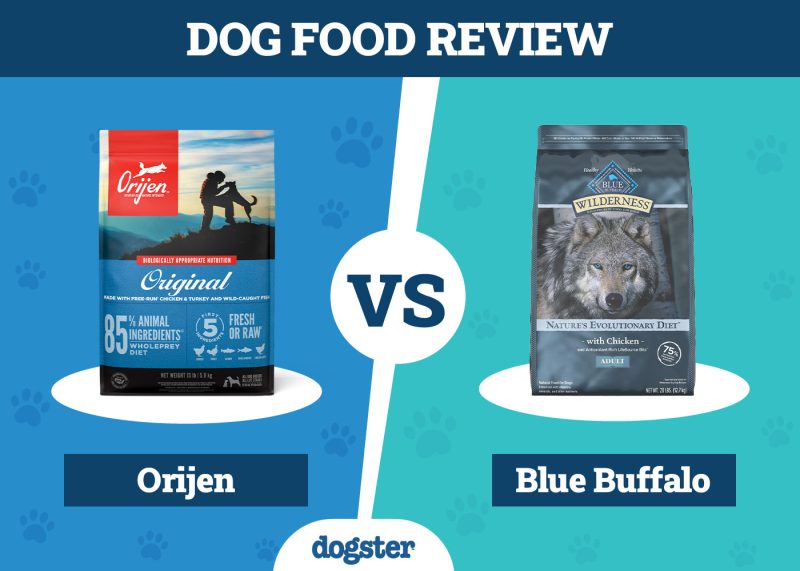In this article
View 8 More +There are only about a dozen hairless dog species in the whole world, and the elusive Hairless Khala (Bolivian Hairless dog) is one of the rarest among them. Despite the name, the Hairless Khala may either have some fur on the head or be a truly hairless dog. They’re generally considered affable and even cheerful around friends and family but are wary of strangers as well. If you’re interested in more detailed info on this super-rare hairless breed, you’re in luck! Read on for the specifics.
Breed Overview
Height:
14–20 inches
Weight:
15–30 pounds
Lifespan:
12–20 years
Colors:
Dark gray, brown, white
Suitable for:
Active families, those looking for a low-shedding dog
Temperament:
Friendly, loving, loyal, laidback
It’s very likely that the Hairless Khala shares some ancestry with the Mexican Xolo and the Peruvian Orchid, as the Khala shows very similar colorings and tends to have fur on the forehead like those breeds. Sadly, it is nearly impossible to tell just how purebred the modern Hairless Khalas are at a glance because of how rare they are and the lack of established breed standards.
The Hairless Khala comes in two varieties: the medium-ish “medio” or “pottery” size with shorter legs, and the larger “grande” sighthound more akin to a Dalmatian in build.
Hairless Khala Characteristics

Hairless Khala Breed Puppies
Hairless Khalas are extremely rare and almost never found outside of their native country of Bolivia, but modern interest in hairless breeds has brought them out of the woodwork, so to speak. Hairless breeds like the Xolo and Khala have no standard pricing, so online estimates have a huge range. We suggest looking for online communities on social media devoted to hairless breeds like the Khala, as they may be able to refer you to breeders specializing in them.

Temperament & Intelligence of the Hairless Khala 🧠
As mentioned, these dogs tend to be loving and docile, but keep reading to learn more.
Are These Dogs Good for Families? 🏡
Yes, Hairless Khalas do great in families of all permutations and are admirably tolerant of young children. The smaller medio Khala would do better if you have young children because they’re easier to supervise and don’t get as rough as the larger, rowdier grande Khala. However, with patience, training, and socialization, either of Hairless Khalas can make a fine family dog.
Does This Breed Get Along With Other Pets? 🐶 😽
Yes, the Hairless Khala generally gets along well with other dogs and even cats of the right temperament. That said, they need socialization from an early age to weed out fear-related aggression toward other animals. Like other hairless breeds, Khalas do best in homes with other Khalas or hairless breeds. We don’t recommend Khalas for homes with small prey animals, as they have a pretty strong prey drive that could lead them to hunt, harm, and even kill critters like rabbits or guinea pigs.

Things to Know When Owning a Hairless Khala:
Food & Diet Requirements 🦴
Like all dog breeds, the Hairless Khala does best with a balanced diet of protein, carbs, and fat, like that in most commercial kibble formulas. That said, they have less use for fat than other dogs because of their hairless nature and tend to run lean. That means they benefit from high-protein diets more than other breeds. You can help to keep their skin healthy on these diets with fish oil supplements, which more than make up for lower fat intake.
As a hairless breed with little ability to regulate their temperature, it is vital that your Hairless Khala have access to fresh water at all times. They get dehydrated very, very easily and can suffer sunburn and/or heat stroke without enough hydration, so keep that water bowl topped up. Lastly, dental treats are a healthy, tasty way for you to help your Khala keep their fragile, delicate teeth in good shape and stave off dental disease.
Exercise 🐕
Hairless Khalas are runners and roamers at heart, and they need about an hour of vigorous exercise every day to stay happy, and healthy, and to prevent destructive impulses like chewing or digging. A securely fenced yard would be ideal, but they can adapt well to apartments if you’re willing to give them enough walks or playtime.
Mental stimulation via puzzle toys and feeders like Kongs and snuffle mats can help mitigate their tendency to be restless in the home. If you’re sure they got enough exercise but they’re still patrolling the house, it may be time for a nap with a nice stuffed Kong to keep ‘em busy.
Training 🎾
Hairless Khalas are easily excitable, and it is imperative that you nip any early stubbornness in the bud as a puppy. That means the full suite of potty, leash, and obedience training to smooth their rough behavioral edges and get them into a routine. We recommend this breed for experienced dog owners with some sense of the training process, as they can occasionally be challenging and require firm handling.
Grooming ✂️
Any fur tufts on your Hairless Khala’s head will need to be kept clean and neatly trimmed, but otherwise, you don’t have to worry about fur—one of the perks of a hairless breed! Still, you’ll need to keep their delicate skin clean with regular baths. Go with a gentle, unscented dog shampoo that won’t irritate the skin, and pat them dry after each bath to discourage fungal infections from developing. Blow drying works too, as long as you use the lowest heat setting and keep it well away from them.
Hairless Khalas also grow pretty gnarly nails that resemble talons or claws, so you’ll want to keep those neatly trimmed to keep their feet comfortable. If they give you a hard time with nail clipping, you can visit a dog groomer who can do it for a reasonable fee.
Health and Conditions 🏥
Hairless Khalas are often considered a mongrel breed, and evolution teaches us that mongrels like them have a varied genetic heritage and robust constitutions. They still have some unique health issues you should be aware of if you’re planning to get one in the future, however. Scroll down for the details.
- Sunburn
- Dental conditions
- Canine ectodermal dysplasia
Minor Conditions
- Sunburn: With no fur to protect them, Khalas need doggy sunscreen to stay out in the sun and hang with the big dogs, so to speak. You can also protect their skin with doggy clothes, like sweaters.
Serious Conditions
- Dental conditions: Like all hairless breeds, the Khala suffers from dental malformation and may have a hard time eating. Their teeth are shallower than most other breeds and more vulnerable to disease.
- Canine ectodermal dysplasia: This is a skin condition caused by a mutation in the Plakophilin 1 gene. Many puppies are euthanized for this after birth since the lesions can severely reduce their quality of life.
Male vs. Female
Like other breeds, there aren’t any major differences between male and female Khalas other than size. Males run a little larger than females, but it also depends on whether you have a medio or grande Khala too. For instance, a female grande Khala will be larger and heavier than a male medio Khala. Other than that, you may see more aggression in unneutered males, especially toward other males.

3 Little-Known Facts About the Hairless Khala
1. They Were Hunting Dogs
Most often seen as pets or street dogs in South America, the Hairless Khala hails from the Xolo and Incan hairless breeds. They’re thought to have been used to track and hunt prey in the unforgiving Andes and surrounding Peruvian regions.
2. Hairless Khalas Are Almost Hypoallergenic
Let’s get this out of the way first: No dog is 100% hypoallergenic because every dog produces dander, which is dead skin that can trigger allergies in some people. However, the good news is that Khalas are close to being hypoallergenic. They trigger allergies at a far lower rate than dogs with full fur coats, and you’ll love that there’s not fur everywhere.
3. They Might Vary in Looks
Because there aren’t really any breed standards to speak of for them, the Hairless Khala can vary in appearance depending on their lineage. For instance, Xolos tend to display less mottling than Incan Orchids, so Khalas with lots of mottling are likely to have more Incan blood.

Final Thoughts
The Hairless Khala or Bolivian Hairless Dog is an ultra rare dog that is very difficult to find, but if you manage to find one, they make fantastically loving, loyal family pets that get along with other pets too. They take some special care in the skin and dental department, but that’s nothing you can’t solve with sunscreen, baths, and dental treats.
Related Read:
- 8 Hairless Dog Breeds: Pictures, Facts & History
- Argentine Pila Dog Breed: Info, Pictures, Traits, Care Guide & More
Featured Image Credit: Bolivian Hairless Dog (Image Credit: EliteInformation, via Wikimedia Commons CC BY-SA 4.0)
